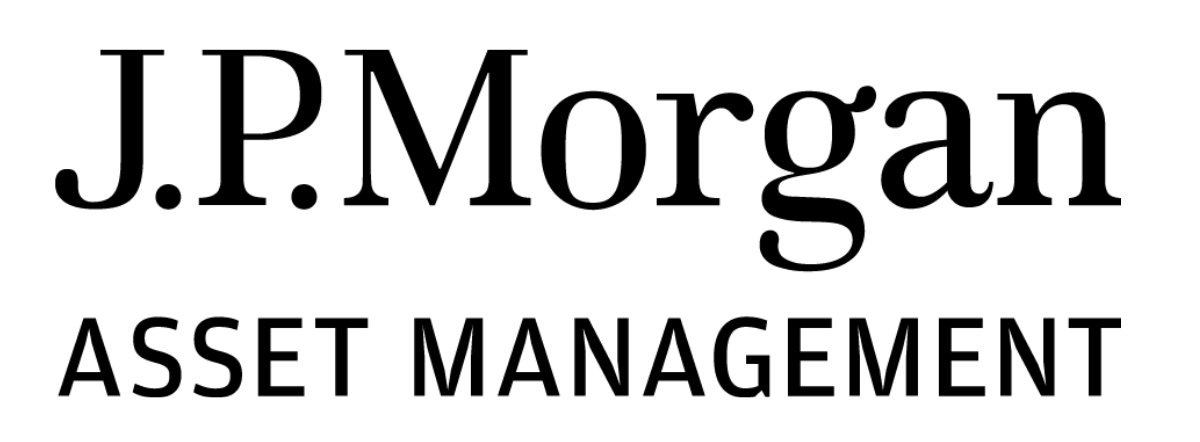Active ETFs have just had their breakthrough year in Europe, however, the equity bias in asset gathering to-date may be set to shift as issuers pick up the pace of product development within active fixed income.
Investors have poured assets into active ETFs at meaningful scale in 2024. While $12.2bn inflows into Europe’s 87-strong range of active equity ETFs, as at 19 November, might appear to overshadow the $2.8bn welcomed by the continent’s 45 active fixed income ETFs over the same period, this number represents a more than tenfold increase on the $235m net new assets for the product class in 2023.
Although this acceleration can be partially attributed to macroeconomic factors increasing the urgency of fixed income allocations, it also aligns with a pick-up in launch activity, with asset managers launching just seven active bond ETFs between 2020 and 2022, with this surging to 18 new arrivals between the start of 2023 and November this year, according to data from ETFbook.
This cadence looks set to continue in 2025. In a recent survey of European professional investors conducted by ETF Stream, 29.4% said they allocate between 1-10% of their portfolios to active fixed income ETFs, up from 20% of respondents the year before.
Similarly, 83.5% said they use either a purely active or active-passive blend within their fixed income allocations, while 49.4% said they either ‘use and plan to increase’ or ‘do not use and will start to allocate’ to active ETFs in 2025.

Fixed income in focus
Another tailwind for active fixed income ETFs will be investors’ broadly supportive outlook for the asset class, with 62.7% of respondents to the ETF Stream and JP Morgan Asset Management survey saying 2025 will be the year of fixed income, versus 22% for equities.
Despite the backdrop of continued interest rate cuts by central banks across western economies, investor preferences across fixed income remained consistent, with developed market government bonds and investment grade corporates retaining prominence within portfolios and high yield and emerging market debt following close behind.
Green fields
From a high level, fixed income has been long regarded as less serviced by ETF issuers across the gamut of possible exposures than equities.
This is particularly true within active fixed income. While recent innovations such as Europe’s first active collateralised loan obligation (CLO) ETF indicate issuers are keen to claim first mover advantages in increasingly niche corners of the segment, investor appetite for greater optionality appears to be consistent across fixed income subsectors.

To read the full survey and report, click here.




